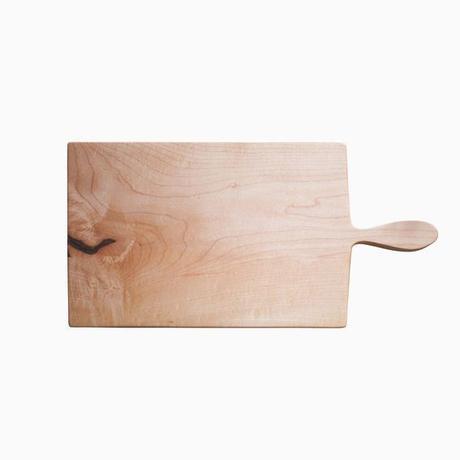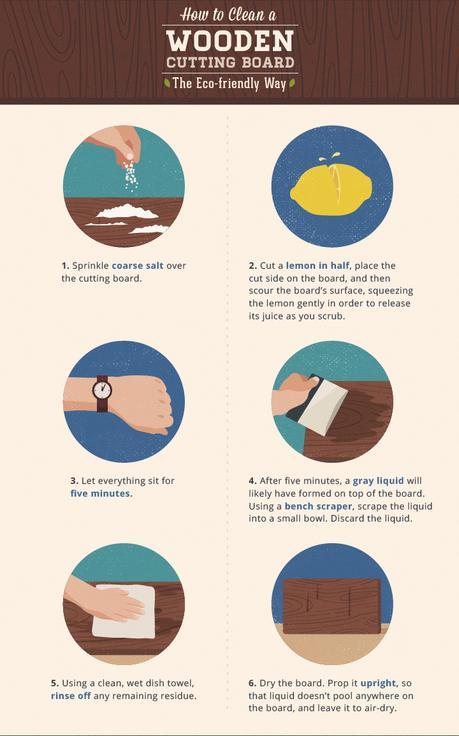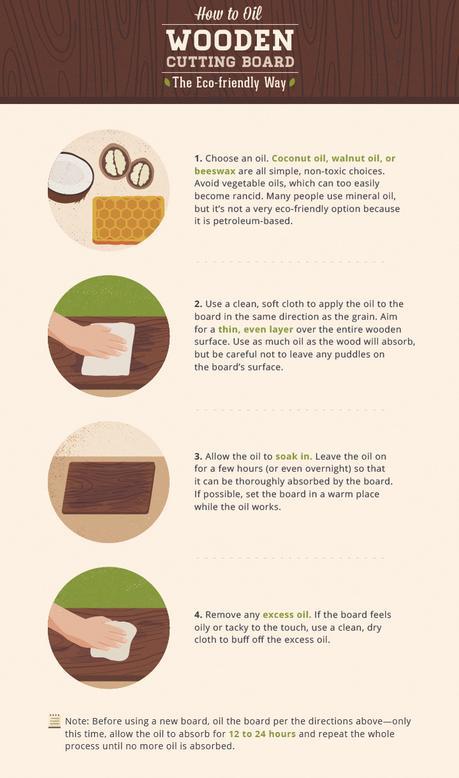
As a home cook and food blogger when it comes to kitchen tools and gadgets I have no shortage. In fact my cupboards and cabinets are teeming with pots, pans, and gadgets galore. Included in these are my trusted bamboo and eco friendly cutting boards. There are many companies including Custom Made that specialize in sustainable and eco sourced cutting boards.
When it comes to cutting boards, it’s okay to give in to materialism. That’s because the material that makes up a given chopping block has a big impact on the quality, longevity, and cleanliness of a board. And if you’re concerned about creating an eco-friendly kitchen, then the type of cutting boards you purchase and how you care for them has an even greater impact, particularly since cutting boards are one of the most frequently used kitchen tools. So which cutting board material is best? And how can you ensure the durability of your eco-friendly boards for years to come? Let’s cut right to the chase.
The Most Eco-Friendly Cutting Board Materials
Sustainably harvested wood
Wooden cutting boards are currently undergoing a resurgence in popularity, and for many good reasons. Wooden boards are often referred to as self-healing because shallow cuts close up, helping to prevent the spread of bacteria. They’ve also been shown to have anti-bacterial properties. They’re knife-friendly and, when properly cared for, can last for years and years. Hard woods such as acacia, teak, and maple make for some of the highest-quality cutting boards because they absorb less water and bacteria than other more porous woods. If purchasing new wood products, look for Forestry Stewardship Certification. (Though it’s not the topmost barometer of eco-friendliness, the certification denotes the wood was sustainably harvested.) And opt for versions made without fillers or stains, as these may contain potentially toxic chemicals.
Sold on the benefits of wood? Learn how to make your own wooden cutting board here, here, or here.
Reclaimed or salvaged wood
Take your eco-friendliness up a notch by repurposing materials that may otherwise go to waste. Wood scraps that could have been tossed in the trash can be used to create durable, long-lasting, attractive cutting boards. Plus, all of the general benefits of wood—knife-friendly, anti-bacterial, durable—also apply to reclaimed wood.
Bamboo
Actually a hard grass, bamboo is a sustainable and rapidly renewable resource: It takes only three to five years to harvest bamboo, while wood can require 15 to 20 times as long to regrow. It also makes for a durable, long-lasting, anti-bacterial cutting board. Because bamboo is harder than some woods (such as maple), it may be not be as knife-friendly as wooden boards. If choosing a bamboo board, look for those that use formaldehyde-free glues.
Cork
Cork is biodegradable, recyclable, and anti-fungal—all great qualities in a cutting board. It’s also touted as lightweight, knife-friendly, slip-resistant, and durable. Cork hasn’t yet claimed the cutting board limelight, but it is a potential up-and-comer in the eco-friendly board market.
Recycled paper (well, maybe)
Yep, you read that right. Paper boards are made up of layers of paper that are cured and soaked in a resin in order to create a solid sheet. If the paper is sustainably harvested, these may seem like a reasonably eco-friendly choice. However, beware of the resins; in many cases, they’re made from plastics and potentially toxic materials.
What about plastic?
Sure, one hundred percent recycled plastic cutting boards are an eco-friendlier choice than new plastic boards. But that doesn’t mean you should invite plastic into your kitchen. Plastic tends to be less durable and sanitary than other options on this list. In particular, knife cuts are more likely to harbor bacteria because plastic lacks the self-healing properties of wood. If harmful bacteria in your food doesn’t sound appetizing, consider that plastic chemicals from the board can also leach into your food during preparation. Plastic is also not nearly as durable as wood or bamboo, so you’re likely to find yourself replacing a plastic cutting board on a regular basis. And, the production of plastic products relies on fossil fuels, which are major contributors to climate change. Long story short? Plastic isn’t a smart option for an eco-friendly kitchen.
Eco-friendly care techniques
Because wooden and bamboo cutting boards are the most popular eco-friendly choices currently on the market, we’ll focus on care techniques specifically for these materials.
First, a few general pointers for the care and keeping of boards:
- As with any cooking tool, always follow general food safety guidelines.
- Assign separate cutting boards to different food types. It’s most sanitary to use separate boards for meat, dairy, and fruits and vegetables.
- Keep knives sharp. Sharp knives mean you won’t need to press down as hard while you’re cutting, sparing your cutting board from extraneous knife cuts. Also be sure to vary where you cut on the board so that you don’t reinforce any grooves.
- Keep the board dry. It’s okay to cut wet food on a wooden or bamboo board, but be sure to remove the food as soon as you’re done cutting it and dry the board so the moisture doesn’t have much time to soak in. This will help prevent damage to the board.
- Store boards properly. They should be completely dry and stored upright in a rack in order to allow air to flow.
- Clean boards as soon as you’re done using them.
How to clean and oil a wooden cutting board
The benefits of using a wooden cutting board are negated by a failure to properly clean it, so it’s important to take good care of your board. Wooden cutting boards should only be hand-washed; they should never be run through the dishwasher or left to soak in the sink. Just scrub with hot, soapy water after each use (look for an eco-friendly soap), then air dry thoroughly prior to storing.
Boards should also be oiled on a semi-regular basis in order to heal the surface and prevent damage to the wood. If you use cutting boards frequently, it’s best to oil them approximately once a month (or whenever a board starts to look dull). Before oiling, make sure the board is very clean and dry. One of the easiest, eco-friendly ways to clean a board before oiling is to use lemon and salt.



How to care for a bamboo cutting board
Even though bamboo provides a very strong cutting surface, bamboo cutting boards can split along the seams if they aren’t properly cared for. The care and keeping of bamboo cutting boards is quite similar to that of wooden boards. To ensure the longevity of your bamboo board, keep these tips in mind:
- Before using a new board, oil the board (using the process described above) once a day for a week. After the first week, oil boards approximately once a month.
- After each use, wash boards in warm, soapy water (remember to use eco-friendly soap). Allow the board to air-dry thoroughly upright before storing.
- Disinfect boards after cutting meats. Dissolve one part vinegar in five parts water, then dip a clean cloth in the mixture and scrub the board. Rinse the board and allow it to dry thoroughly.
- To get rid of stains, scrub coarse salt over the surface of the board, then rinse and dry.
The bottom line
Whichever way you cut it, there are a few sure-fire ways to green your cutting boards: Ditch the plastic; choose sustainably harvested wood, reclaimed wood, or bamboo boards; and take good care of your boards in order to ensure healthy, earth-friendly slicing and dicing for years to come.
If this article has you interested in a more eco-friendly cutting board take a look through these custom cutting boards. — http://www.custommade.com/gallery/custom-cutting-boards/

Source: Custom Made and Shack Valley

